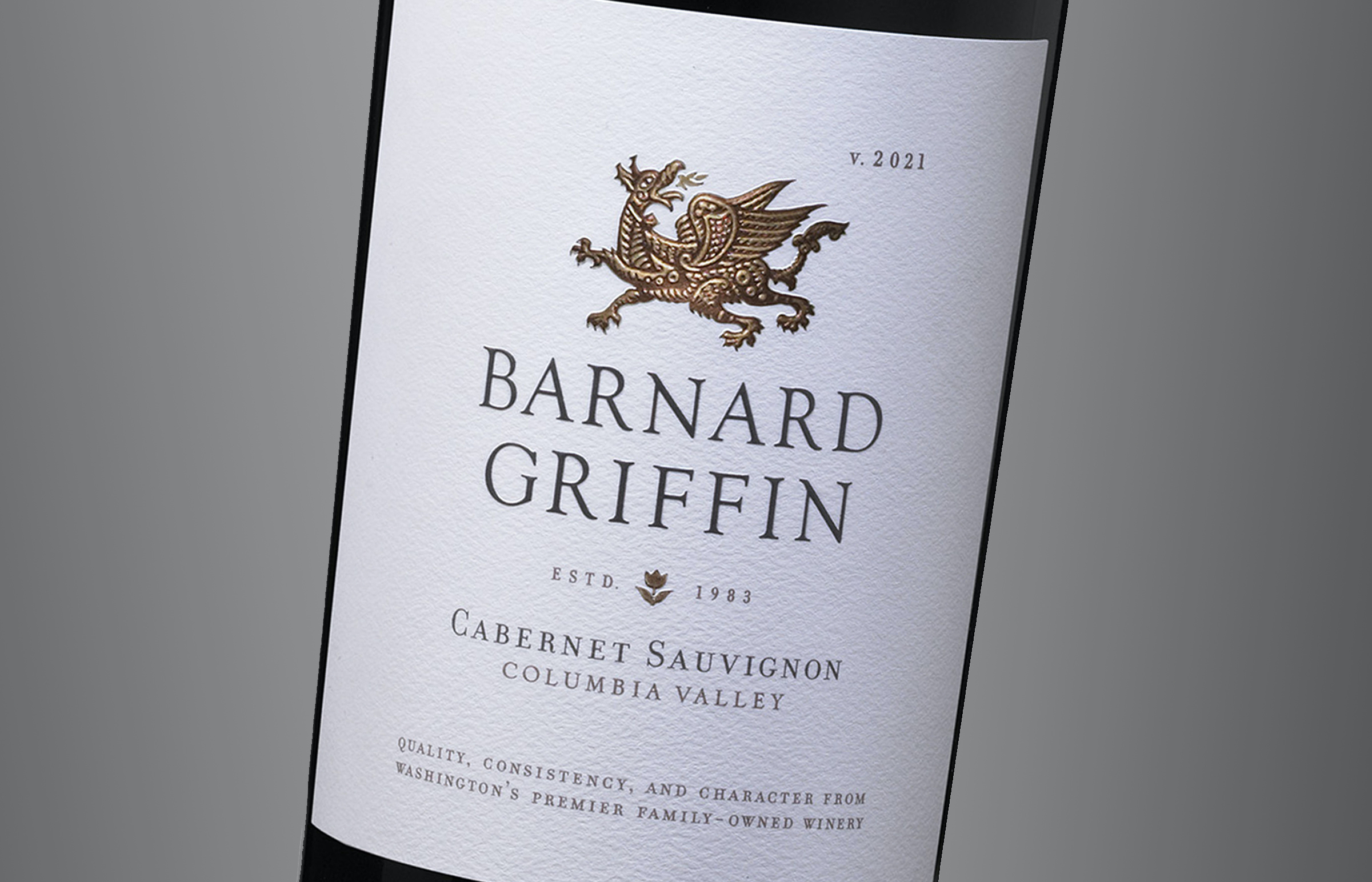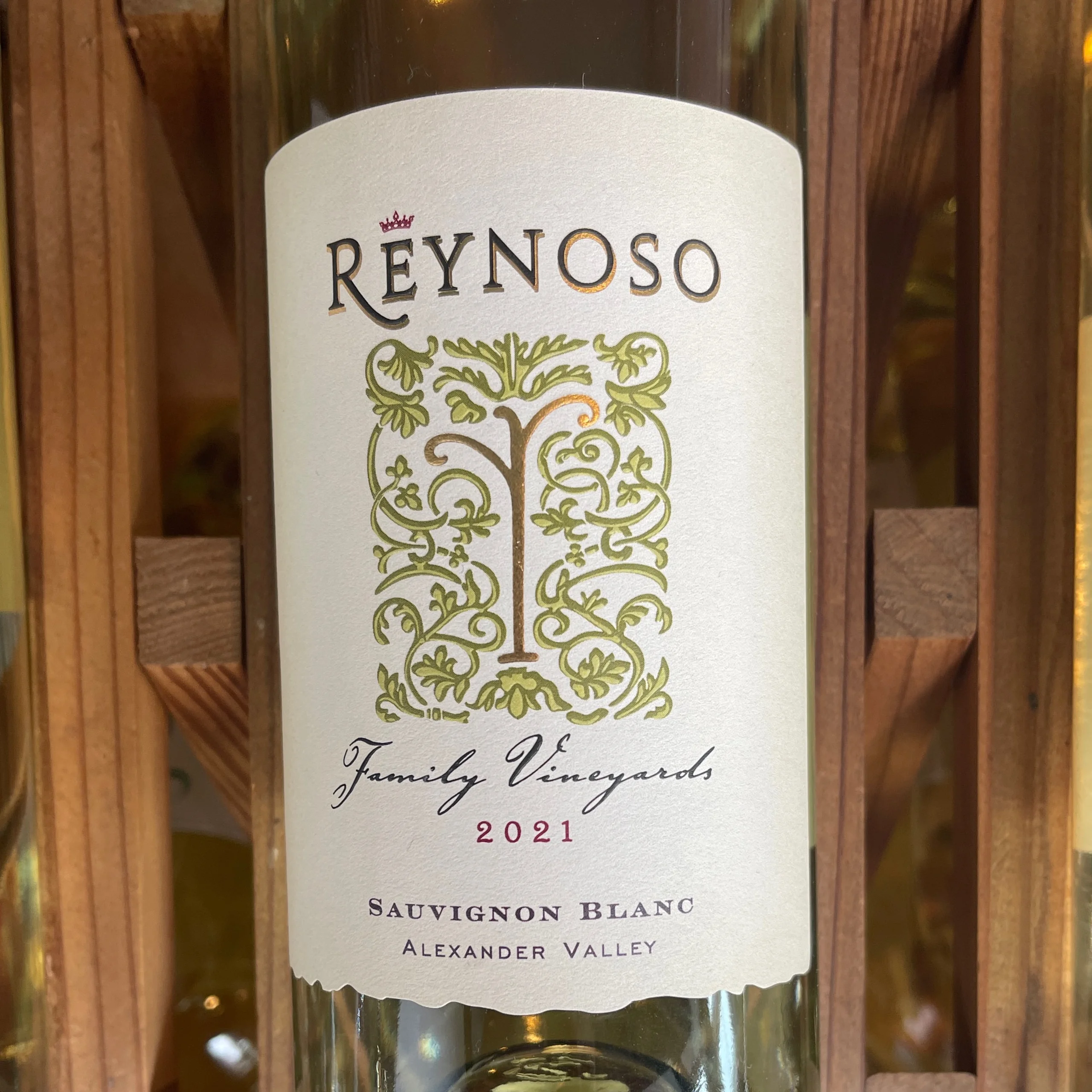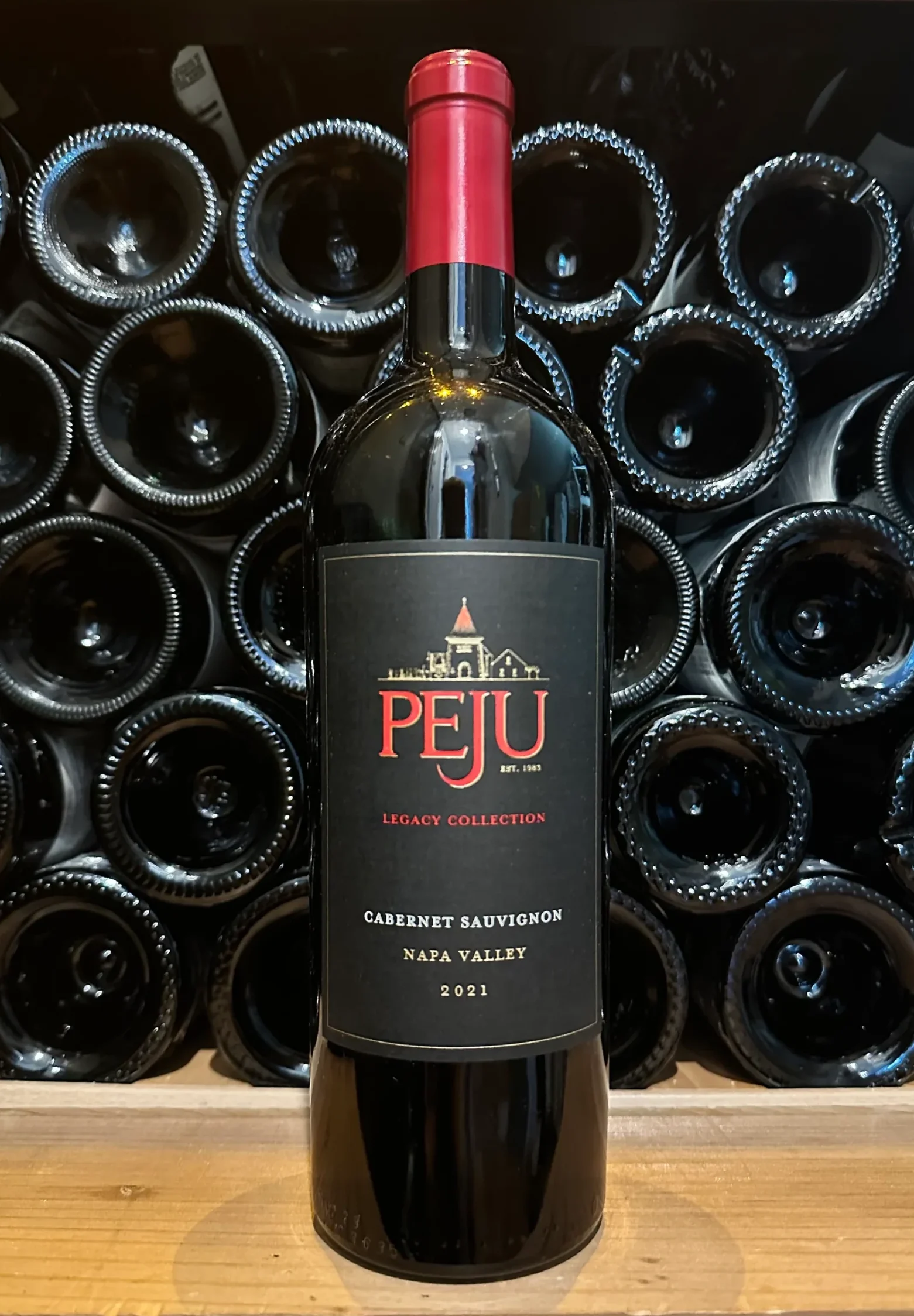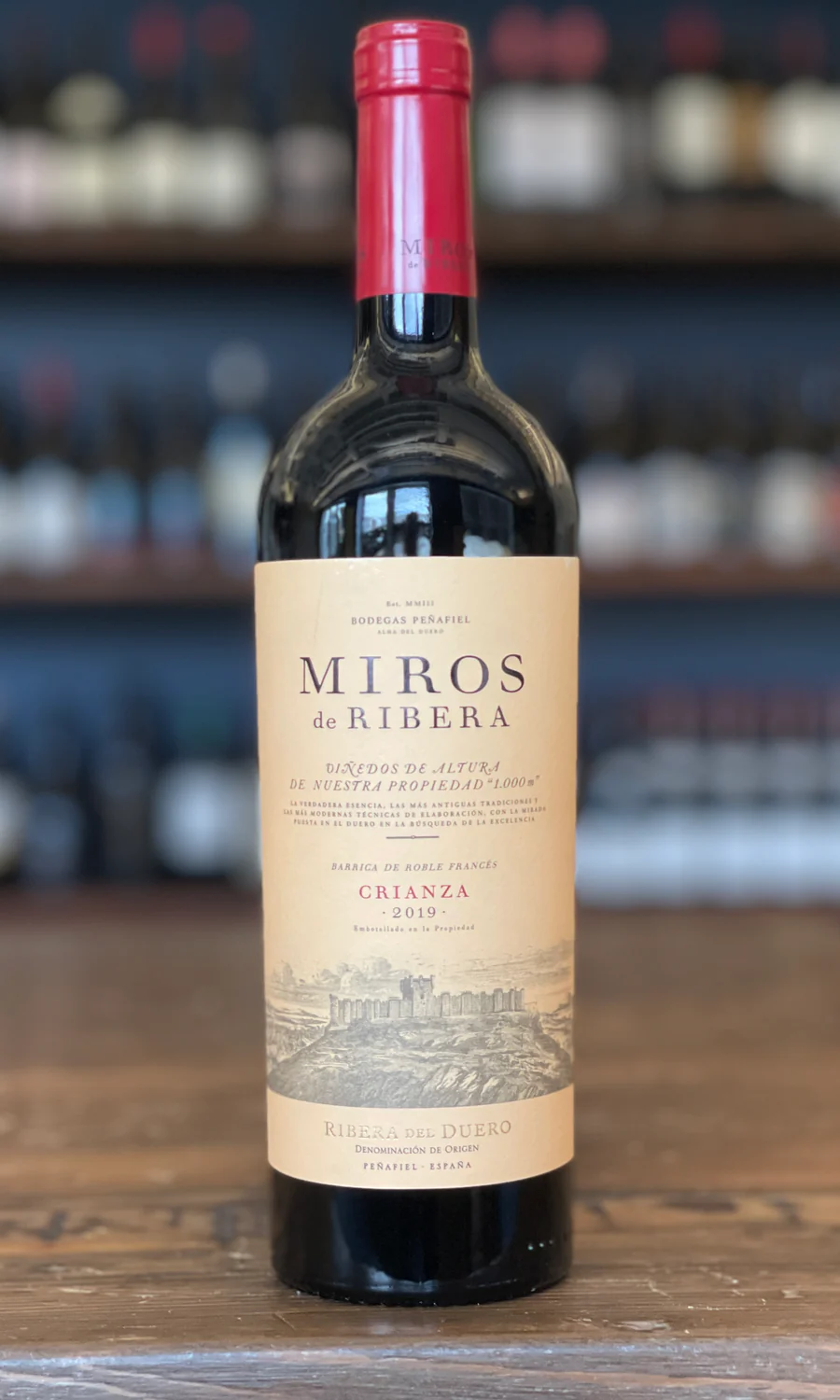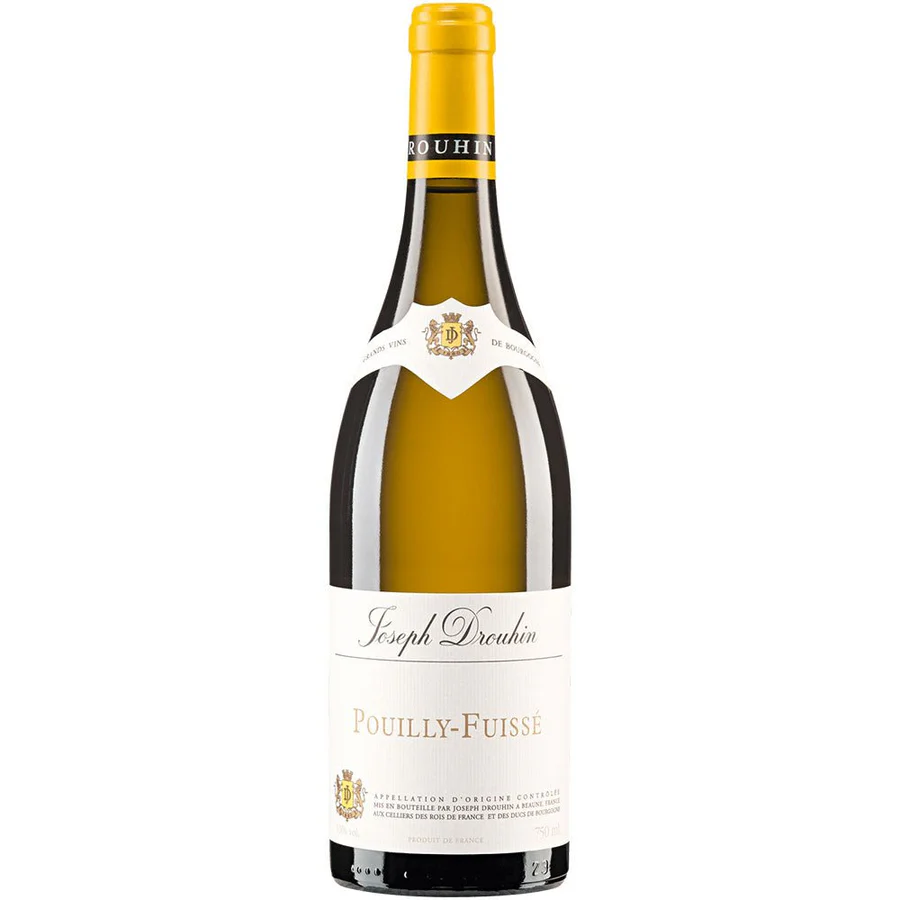For the wine snob: Spring was early and warm, and it rolled straight into a hot summer. Harvest began early. The intense heat contributed to smaller, more concentrated berries with less tonnage to go around. The wine has a dense color and concentration. It was aged 12 months in barrel using European upright oak tanks.
For the rest of us: Beguiling nose of vanilla spice, dried fruit, herb and raspberry candy. Straightforward plum, cherry and orange fruit on the palate. Round and approachable with a supple texture.

